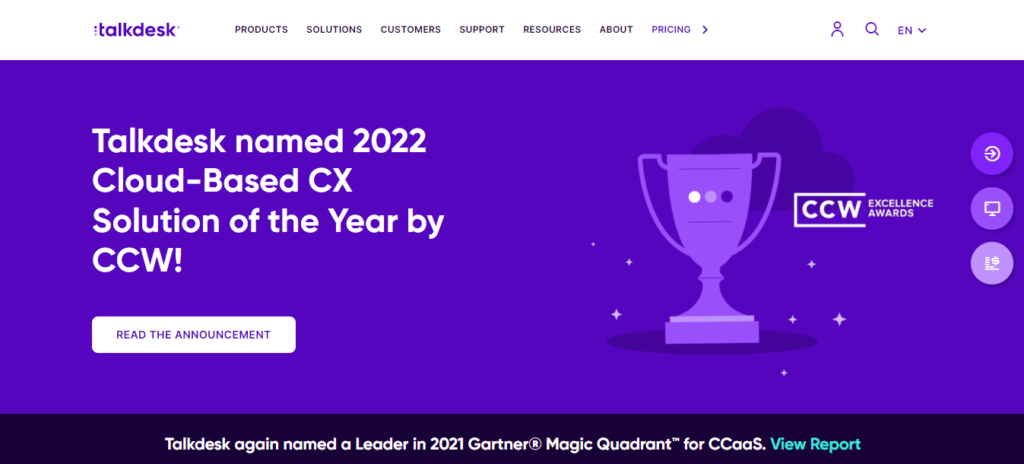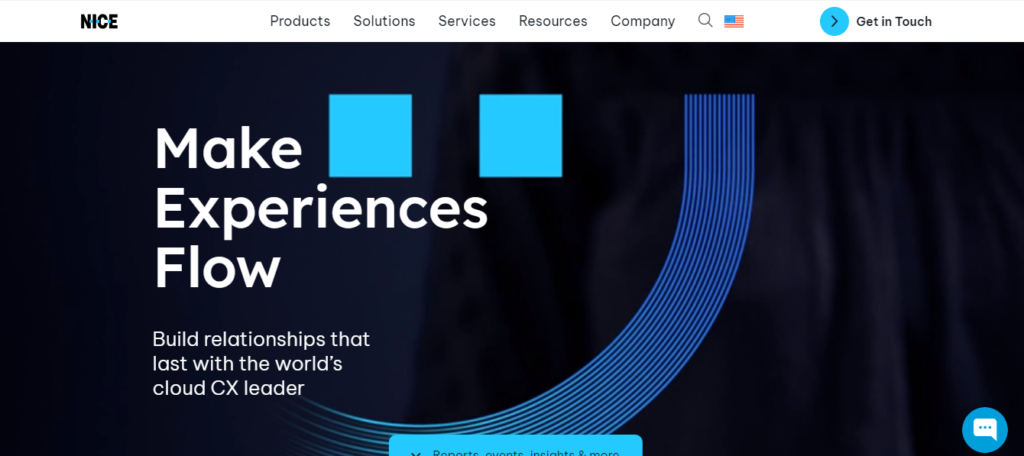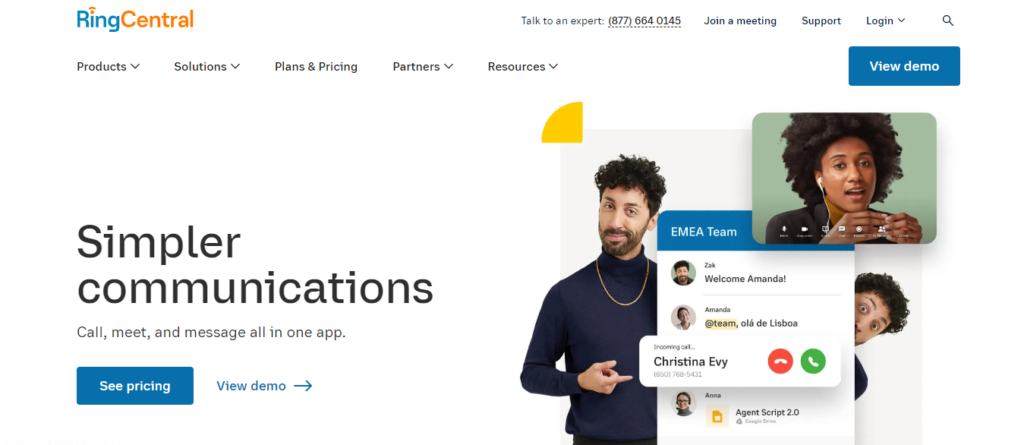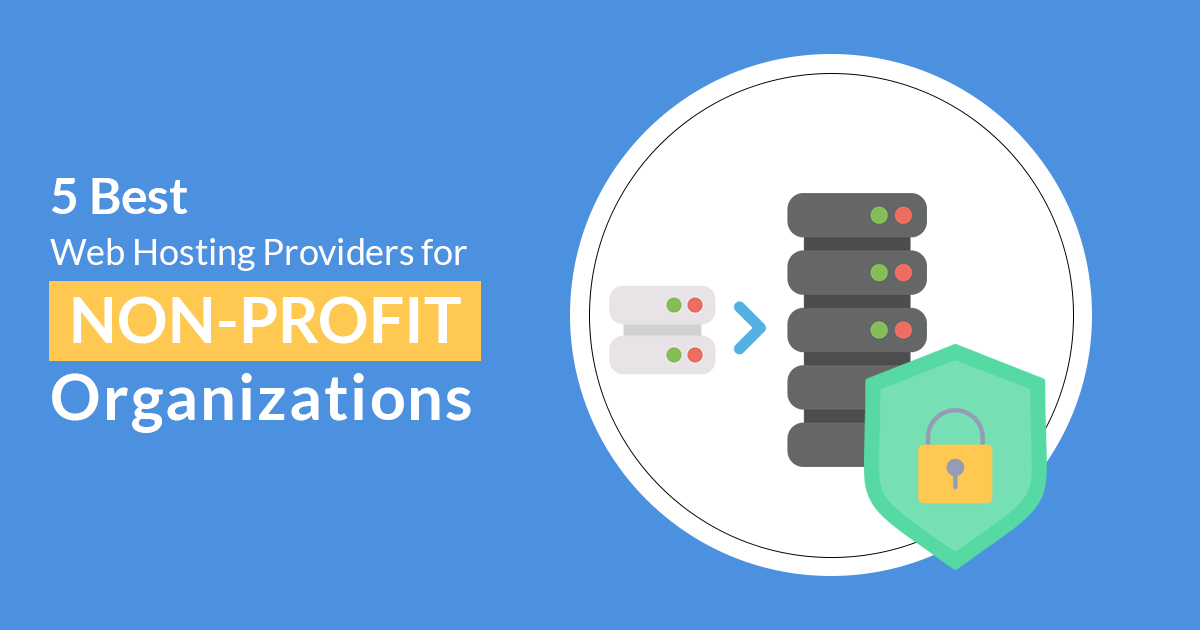A Complete Guide To Automatic Call Distribution

Anybody who has ever worked as a call center agent knows how difficult it could be when different customers call at the same time. They always wonder, which call to prioritize first? What if they fell with the shortage of agents?
Exhausted representatives, long waiting times, and angry customers are some of the common problems a call center agent might face in working with high call volumes. One way to prevent all these problems is to integrate automatic call distribution (ACD) system.
An automatic call distributor answers all your incoming calls and routes them to the most appropriate agent or department of your company. It streamlines your entire communication process and acts as a backbone of your call center.
Do you want to know more about an ACD in the call center? Let’s jump straight into more detail.
What does an automatic call distribution mean?
Automatic call distribution (ACD) is a vital phone system software that answers all the incoming calls of customers and transfers them to the predetermined agent or department of your company.
Automatic call distribution software is used in call center services and is designed to prevent long customer holding times, avoid unnecessary transfer of calls, automatically connect people to the most qualified agent, and increase the rates of first call resolution.
As a result, an inbound call center company can solve all its calling problems as calls will be transferred to the right department and they don’t have to separately dial their numbers again.
For example – If a VIP customer calls on a support phone number, then they will be directly routed to the VIP members’ support queue or an ACD in call center will connect callers who are trying to reach the sales to the high performer sales agent of your company.
Once the caller is connected with an ideal operator, your integrated CRM software will provide screen popups through Computer Telephony Integration (CTI) which will display all the customer-related information such as their order history or previous interactions.
Now the caller will be connected to an IVR system where they can briefly explain the reason for the call or can punch in their order number. Many organizations these days look for a customer-centric strategy to provide a digital user experience by hiring the right customer service outsourcing team.
Good customer service means more client satisfaction and higher customer retention. With automatic call distribution systems, you will get predefined rules and algorithms that will help you solve your client’s needs in the first interaction itself.
How does automatic call distribution work?
An ACD in call center checks all the details such as the contact number of the caller, availability of the call center agent, or any other data sources and then decides where to direct the call.
1. Determine the nature of the inbound call
It is essential to determine the purpose of the call. An Interactive Voice Response (IVR) indicates the reason for calling.
2. Placing the calls in the right queue
The second step involves managing the call queue. An automatic call distribution software tracks the calls that are on hold. It monitors the order of the call queues based on several factors such as type of call, data of the user, waiting time of the caller, and status of the agent.
3. Connecting with the caller
The final step is to handle the call to the right agent of the company. Here, you can also save the place of the caller in a line and offer them a call-back option through a virtual phone system.
5 Key features of automatic call distribution
Below are some features of ACD call which keep track of your agents when they are not available to take the call of a user.
1. Automated callbacks
Almost 60% of users say that they don’t like to wait on hold in a call even for one minute and a long waiting time means high operating costs and lost customers. Automated callbacks are one of the prime features of automated call distribution systems as it eliminates the need to wait on hold and also ensure that the clients get the best possible help.
2. Monitoring client’s calls
Call monitoring can improve the performance of your customer success team and can also assist your agents in real-time. Automatic call distribution software provides the call whisper feature which enables managers to help agents who are on the call with customers without customers hearing their voices. This provides great customer assistance and instant support.
3. Managing the calls in queues
It allows proper workflow management as admins check the past and current queues so that agents can be added to those departments that have long queues. With this feature, VIP callers can be automatically connected with the top agents.
4. Voicemail automation
Around 60% of the telephone calls are sent to voicemail. Its features such as voicemail to email, voicemail notification, and voicemail to text ensure that the messages of clients don’t get lost.
5. Omnichannel support
Today’s users use different communication channels such as social media, email, video conferencing, website chat, and many more in a single interaction. Automatic call distribution software can help you close a large number of deals and resolve all the support issues as it enables contact routing on various channels. You need to find out those channels which your customers generally prefer.
Top 6 Advantages of automatic call distribution
Below are some of the major benefits of automatic call distribution systems that you should know.
1. Improves customer experience
With automatic call distribution call routing algorithms, you can improve your response times, and call handling process, and agents can easily personalize conversations. As a result, it improves customer satisfaction as well as client experience.
2. Improves data gathering process
With ACD in a call center, you can improve your company’s data collection process using call transcripts, voice analytics, and call recordings. Your call center team can generate insights and evaluate the calls to enhance the overall performance.
3. Increases the productivity and performance of agents
Using multiple call routing rules and an automatic call distribution system, your representatives can handle more calls in less time which also reduces the burden of work and allows them to work more efficiently by giving the best results.
4. Increase in revenue
With the increase in productivity and efficiency, the cost savings of your organization will increase. From increase sales to improving customer experience and brand recognition, you will eventually increase the revenue of your company.
5. Ability to upgrade customer service
With an automatic call distributor, you can efficiently distribute and handle calls when your call traffic increases without your employees being overburdened. It properly distributes calls in the queues to the right department and reduces the waiting time restrictions and thus improves customer service.
6. Provides call routing
ACD call enables your agent to respond faster to calls and routes them to the most appropriate agents and if they are not available, then IVR gives a response to users.
Different types of automatic call distribution systems
Regular call distribution
In regular distribution, you need to specify the order in which your calls will be connected to specific agents in the hierarchical order.
Example – Suppose there are three agents and one and two are not available, then the call will be directly routed to the third agent.
Simultaneous call distribution
In this call handling system, all the agent’s phones will be ringed at once. This is the ideal system if you want to focus on the speed of receiving the call. It also minimizes the call going to voicemail.
Example – If you have three agents in your team, then all of their phones will be ringed together, and whoever receives it handles the call.
Round-Robin call distribution
It is one of the simplest call routing distribution systems as all the inbound calls will be distributed to team members in a fixed order. This process keeps all agents busy and it goes on continuously until all the calls are finished.
Example – If you have four agents, then your first inbound call will go to the first agent, the next call will go to the second agent, and so on.
Weighted call distribution
In this method, a set portion of calls is transferred to the specific allotted agents to make 100% of the call.
Example – Your first agent handles 40% of the weighted call, the second agent carries 20%, and the final agent talks the rest 40% of the call and converts the lead through a sales pipeline.
Uniform call distribution
In this call distribution, the incoming call will be taken by the operator who is waiting for the longest time. This method also divides the call volume and also improves the average handling time.
Example – You have three agents and one agent handles the call 6 minutes ago and agent two took the call 15 minutes ago, here the call will be sent to the second agent.
Key performance indicators of automatic call distribution
A few of the indicators are noted below:
1. Availability of agents
It is one of the primary key indicators of how you can measure the performance of your call center as it identifies the idle agents who are not busy on a call. This denotes a decrease in caller efficiency and low performance. You can modify your automatic call distributor by keeping a constant eye on your ideal agents.
2. Waiting calls
Your waiting queue calls should always be zero.
3. Average waiting time
It is one of the important parameters to measure the performance of a call center and this should always stay at zero. It means customers are put on hold when connecting to other agents. It is also called average holding time (AHT).
4. Call handling time
It is the total time spent by an agent on a call. This also includes the activities performed after the call such as the time taken to note all the details and entries of a call at the help desk. With ACD, you can also reduce customer churn and manage the overall call handling time carefully.
5. Call drop
Those calls that got disconnected in between or did not reach the agent at all can be called call drop or abandoned calls.
For example – Customers hung the phone call as they were waiting for a longer time or due to some technical default. With ACD calls, your manager can always look for the abandoned calls and make sure they call them back.
What is the difference between IVR and ACD?
1. Meaning
With IVR technology, users can get the information from the phone system just by putting preferences. ACD has predetermined algorithms that automatically transfer or route the call to the most appropriate qualified agent or department.
2. Call processing
After receiving the call, IVR provides different menus and options to the callers. But after picking up the call of users, ACD uses Dialed Number System (DNS) and monitors the rules before processing the call.
3. Interaction with the agents
It is not needed in IVR. Interaction with the right employees after a call transfer is the major part of ACD.
4. Functions
IVR works under the ACD system but it performs functions such as looking up responses or activating services.
5. Self-service option
IVR provides self-service options which also reduces call volumes. No self-service options are there under ACD.
6. Data needed
In IVR, information such as local time, location, or caller ID is needed of customers. In ACD, information such as the skill set of agents or the availability of agents is needed.
Top 3 Softwares of automatic call distribution
Here’s the list of the top 3 automatic call distribution software:
1. Talkdesk

It is an automatic call distributor system that focuses on providing a customizable experience to the caller feedback and is based on a cloud-based solution. Call monitoring, whispering, scheduling a callback, VIP call queuing, advance call routing, call recording, analytics on agent availability, call barging, and PCI payment are some of the greatest features of this software.
2. Nice in Contact

It is an ACD system based on a cloud-based solution and offers features such as workflow management, omnichannel routing, call transcription, call recording, customized dialing speed, blended voice calling, analysis of customer sentiment, and many more. It generally prioritizes client self-service and enables agents to handle an omnichannel message in a single conversation.
3. RingCentral

This software offers multi-channel communication using Email, chat messages, telephone calls, social media messages, and many more. It is designed to increase the rate of first-call resolution. This focuses on high-value clients by moving them to the front of the call queue and routing them to the best agent available.
Conclusion
Although a strong automatic call distribution software is essential for the growth of your business, it won’t work effectively if you do not integrate the right business tools or CRM tools into your system.
With ACD in a call center, you can perform real-time call center analytics, minimize the long waiting times, handle incoming calls more efficiently and integrate various CRM tools. Now you can perfectly handle your inbound calls and choose a routing system based on the objectives and needs of your contact center.
In addition to this, most ACD systems include CRM connection with which agents can provide call answering services that enhances the performance for better customer service and experience. It also allows operators to customize interactions with the clients for the best results. With ACD call, your customers now won’t have to wait on hold or move to a voicemail as it keeps all the agents busy on a call which improves the operational efficiency and the overall average handling time.





